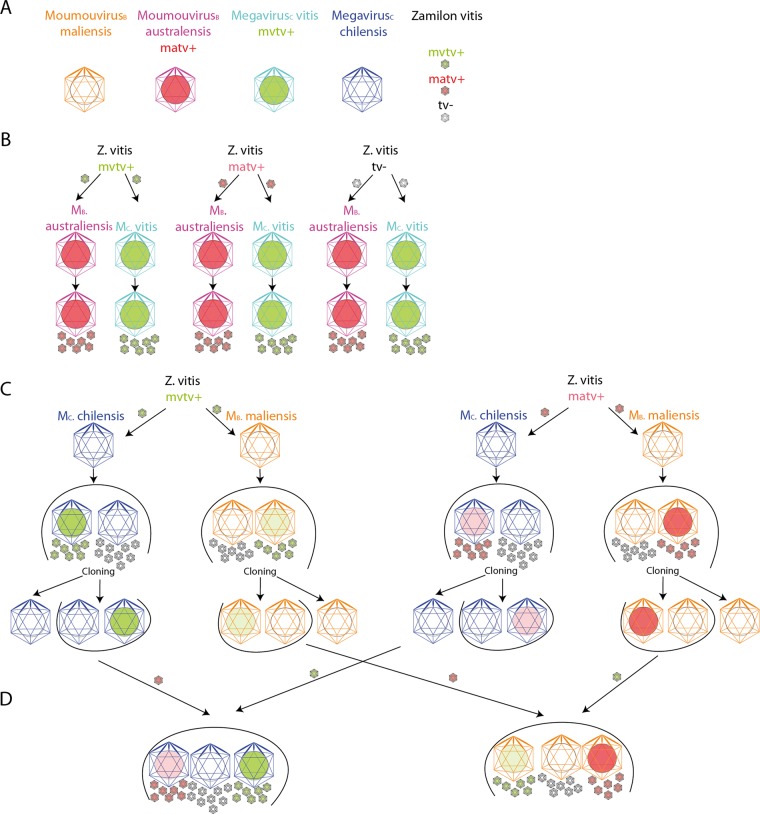Fig. 3. Dominance effect versus permissive effect.
a Viruses used in this study. MB. maliensis is represented in orange, MB. australiensis in purple, MC. vitis in cyan and MC. chilensis in dark blue. The transpovirons are represented as coloured circles (green for mvtv and pink for matv) inside the giant virus and virophage capsids. b Dominance effect of the resident transpoviron (mvtv in MC. vitis, green circle in cyan capsid; matv in MB. australiensis, pink circle in purple capsid) over the one carried by Z. vitis. Empty Z. vitis (black contour, white capsid) do acquire the resident transpoviron upon replication; c Permissive effect: the two type of transpovirons can be imported and replicated by empty MC. chilensis (dark blue capsid, white circle) and MB. maliensis (orange capsids, white circle), although with different efficiencies. d Combination of the dominance and permissive effect. Colour intensities of the circles (pink for matv, green for mvtv) illustrate the abundance of the transpovirons in the host and virophage particles.

